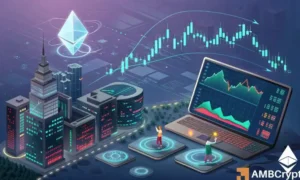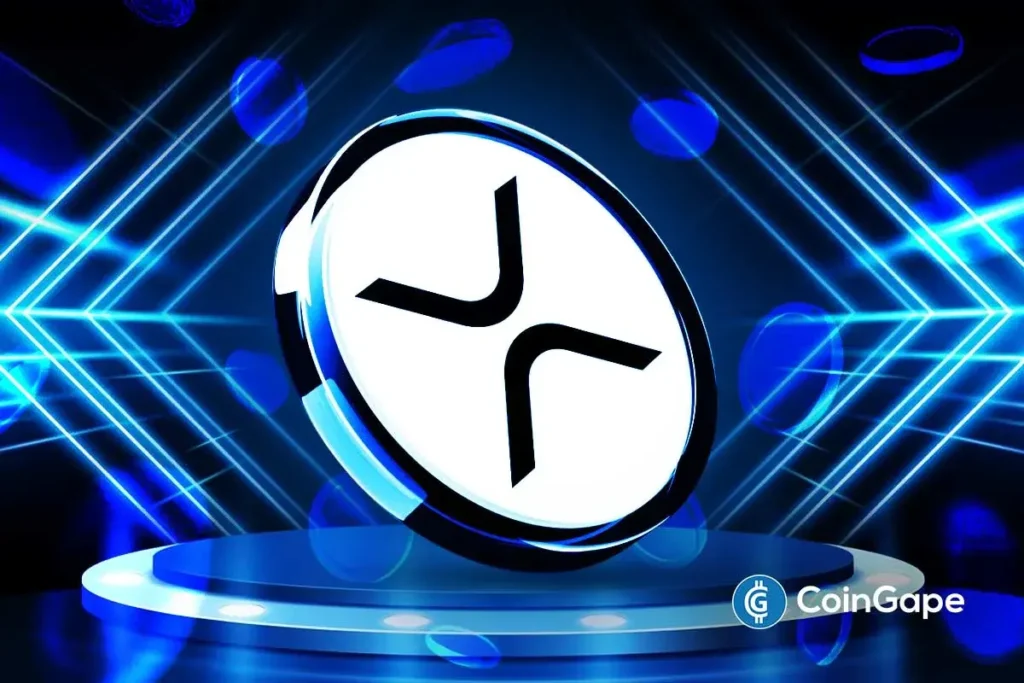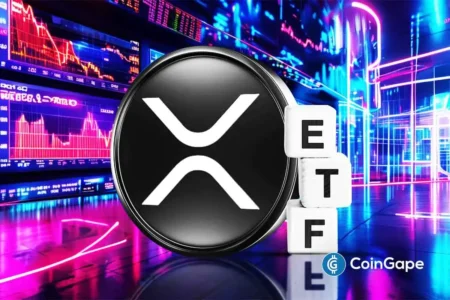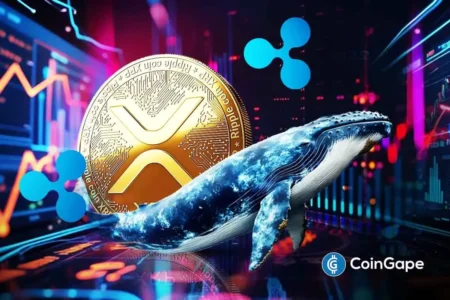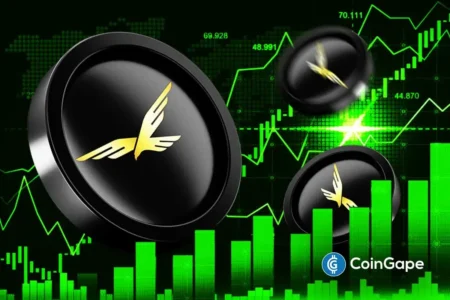Virtu Financial and the Evolving Landscape of XRP Holdings
Virtu Financial, a prominent Wall Street firm valued at $7 billion, has recently made headlines by adding $63 million in XRP to its balance sheet, alongside its positions in Bitcoin and Ethereum as of September 30, 2025. This move positions Virtu among the few major institutions in the financial sector that hold XRP directly. As highlighted by Bill Morgan, a well-known XRP advocate, this development is not just a standalone event but indicative of a growing trend of institutional adoption of blockchain-based assets.
In addition to Virtu Financial’s strategic investment, there have been significant movements within the XRP market. Notably, the Canary XRP ETF filing had previously removed an SEC delay clause, signaling a burgeoning confidence in XRP-related financial products. With more conventional companies like Virtu engaging in the cryptocurrency space, the tide of institutional acceptance appears to be turning in favor of digital assets. This is particularly significant given the recent regulatory clarifications provided by the U.S. government regarding XRP’s status, which could further pave the way for mainstream adoption.
A Contrasting Market Dynamics: Whales Liquidating Holdings
While institutional buying from firms like Virtu Financial suggests a long-term confidence in XRP, on-chain data reveals a contrasting narrative of selling pressure. As reported by Glassnode, the price of XRP has plummeted from $3.30 to around $2.40 since early August, marking a significant 27% decline. During this same period, long-term holders of XRP who purchased the token before November 2024 ramped up their spending by approximately 580%, with daily spending escalating from $38 million to $260 million. This uptick points to seasoned investors taking profits following the rally of the previous year.
The increase in selling activity by experienced traders could indicate a strategic exit from the market or a redistribution of tokens among whales—those large holders who tend to influence market dynamics significantly. This behavior suggests a complex sentiment within the XRP community, where institutional confidence bolstered by new acquisitions stands in stark contrast to the actions of long-term holders capitalizing on market gains.
Coinbase Inflows and Market Sentiment
Alongside the whale selling pressure, institutional activity continues to underscore the XRP market’s dynamics. Recently, data from Coinglass showed that Coinbase registered approximately $23.93 million in net XRP inflows within a 12-hour period. This inflow correlates with a noticeable uptick in USD-to-XRP conversions, indicating that institutional interest remains high even as selling occurs from long-term holders. The concurrent price rise of XRP, currently trading at $2.51 with a 3.17% increase in the past 24 hours, highlights a nuanced market sentiment that may support potential price recoveries despite heavy selling.
Moreover, Ripple-backed Evernorth has expanded its XRP treasury to $1 billion, further evidencing the deepening institutional involvement in the token. As financial institutions take larger stakes in XRP, the landscape is evolving, where institutional demand may cushion the impact of short-term sell-offs by retail investors and whales alike.
Future Prospects: What Lies Ahead for XRP?
The juxtaposition between institutional acquisitions and whale selling presents a mixed outlook for XRP’s future. On one hand, firms like Virtu Financial entering the market indicates a growing acceptance of digital assets in traditional finance, which could lead to further regulatory clarity and increased adoption. On the other hand, the aggressive liquidations by long-term holders suggest concerns over future price movements and could create volatility in the market.
To navigate this landscape, investors will need to be vigilant about market indicators and shifting sentiments. Continuous monitoring of on-chain data, institutional inflows, and macroeconomic conditions will be crucial for understanding the evolving dynamics of XRP and its potential for long-term growth.
The Role of Regulatory Clarity in XRP’s Adoption
Regulatory developments are vital for XRP’s future trajectory, as recent clarifications by U.S. authorities concerning the token’s status play a pivotal role in shaping institutional engagement. Higher confidence levels among financial institutions could spur more investments, leading to broader acceptance and usage of XRP. As the regulatory environment stabilizes, it is likely to catalyze an influx of institutional capital, further solidifying XRP’s place in financial markets.
As stakeholders digest this evolving narrative, the integration of XRP into the portfolios of traditional financial entities will demand ongoing analysis and assessment. The market’s response to both buying and selling activities will be essential in determining how XRP performs in a rapidly changing financial landscape.
Conclusion: A New Era for XRP
In conclusion, Virtu Financial’s recent $63 million XRP acquisition underscores the growing trend of institutional adoption of cryptocurrencies. However, the simultaneous sell-off by long-term holders presents a complex scenario for market analysts and investors alike. Balancing institutional confidence against whale selling pressure will be key to understanding future price movements of XRP. The interplay between regulatory clarity and market dynamics will likely shape the future landscape of not just XRP, but the broader cryptocurrency market as well. With ongoing developments in both sectors, the journey of XRP towards mainstream acceptance is just beginning.
